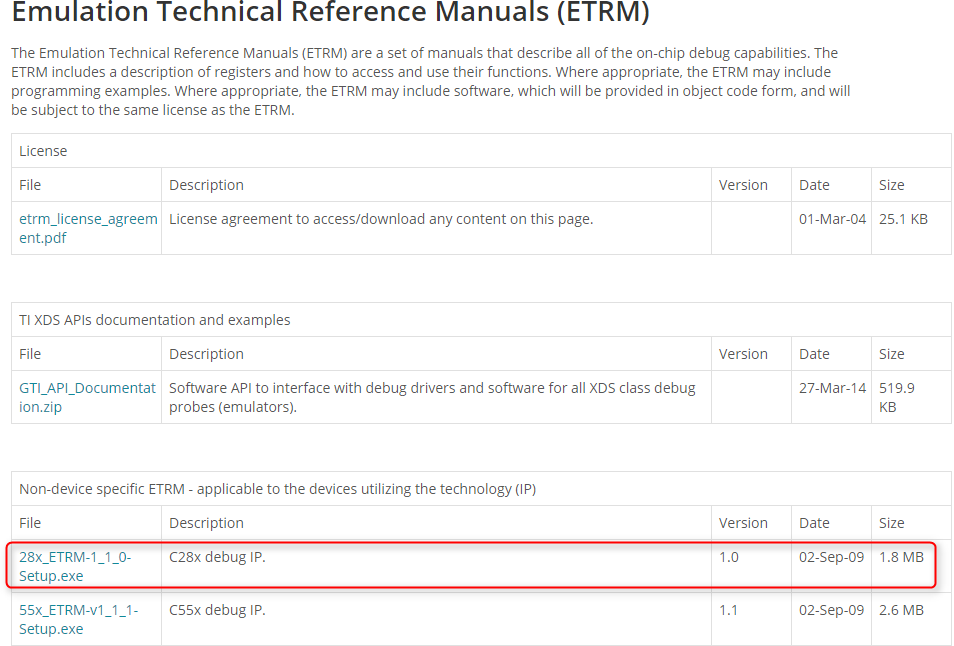Dear all,
we would like to flash TMS320F28335 using JTAG interface. however on FLash API documentation, there is the following statement:
For programming the device through the JTAG port, use the SDFlash programmer from TI 3rd Party vendor Spectrum Digital Inc. (www.spectrumdigital.com) or the Code Composer StudioTM (CCS) Plug-in. Check the TI website, and CCS update advisor for updates to the plug-in to incorporate this version of the API.
Has anyone documentation about how to do it or where to find it?
Any help will be highly appreciated.
Best Regards,
Samuele Stefanoni


